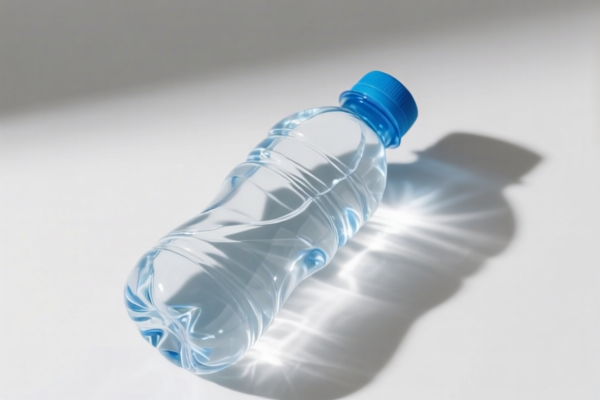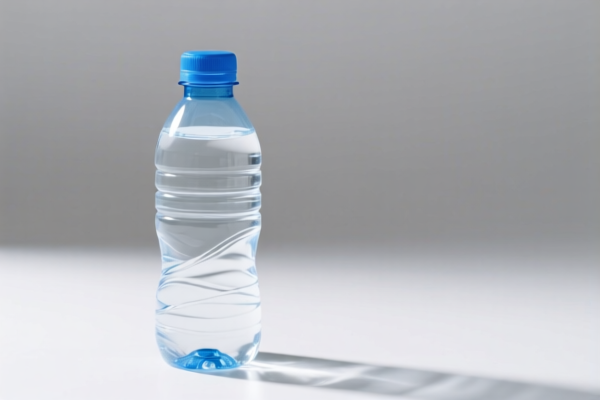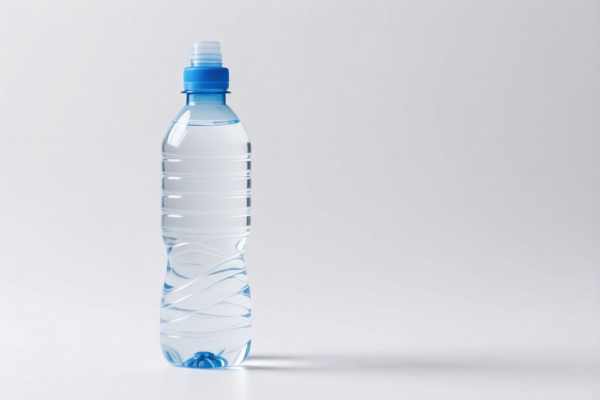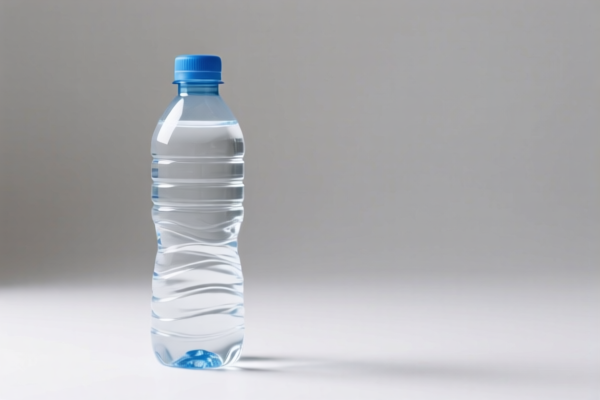| HS Code | Official Doc | Tariff Rate | Origin | Destination | Effective Date |
|---|---|---|---|---|---|
| 7325995000 | Doc | 82.9% | CN | US | 2025-05-12 |
| 7325991000 | Doc | 80.0% | CN | US | 2025-05-12 |
| 7326908688 | Doc | 82.9% | CN | US | 2025-05-12 |
| 7326908688 | Doc | 82.9% | CN | US | 2025-05-12 |
| 3923900080 | Doc | 58.0% | CN | US | 2025-05-12 |
| 6909900000 | Doc | 59.0% | CN | US | 2025-05-12 |
| 6909195095 | Doc | 59.0% | CN | US | 2025-05-12 |




Stainless Steel Water Bottle
A stainless steel water bottle is a reusable container constructed primarily from stainless steel, designed to hold beverages. They have gained popularity as an alternative to plastic and glass bottles due to their durability, health benefits, and environmental friendliness.
Material
The core material is stainless steel, typically food-grade 18/8 (304) or 316 stainless steel.
- 18/8 (304) Stainless Steel: This is the most common type, offering excellent corrosion resistance and is suitable for a wide range of beverages. It contains 18% chromium and 8% nickel, providing its resistance to rust and staining.
- 316 Stainless Steel: Contains molybdenum, enhancing its corrosion resistance, particularly against chlorides. Often preferred for saltwater environments or for storing acidic beverages for extended periods.
Beyond the steel itself, bottles may incorporate:
- Plastic: Used for lids, caps, carrying loops, or protective coatings on the exterior. BPA-free plastics are common.
- Silicone: Employed for seals, gaskets, or protective bases to prevent slipping and reduce noise.
- Vacuum Insulation: Double-walled construction with a vacuum gap between the walls to minimize heat transfer.
Purpose
The primary purpose is to provide a safe, reusable, and portable means of carrying and consuming beverages. Key benefits include:
- Hydration: Encouraging regular water intake.
- Beverage Temperature Maintenance: Keeping liquids hot or cold for extended periods (depending on insulation).
- Reducing Plastic Waste: Offering a sustainable alternative to disposable plastic bottles.
Function
Stainless steel water bottles function based on several key principles:
- Containment: The steel provides a robust, leak-proof barrier for liquids.
- Thermal Insulation: Double-walled, vacuum-insulated bottles minimize heat transfer through conduction, convection, and radiation. Single-walled bottles offer containment but lack significant insulation.
- Durability: Stainless steel resists dents, scratches, and breakage compared to glass or plastic.
- Hygienic Properties: Steel is non-porous, preventing the buildup of bacteria and flavors.
Usage Scenarios
- Everyday Carry: For use at home, work, school, or during commutes.
- Outdoor Activities: Hiking, camping, cycling, gym workouts, and other physical activities.
- Travel: Convenient for staying hydrated during flights, road trips, and other journeys.
- Sports & Fitness: Maintaining hydration during exercise.
Common Types
- Single-Walled Bottles: Lighter and less expensive, suitable for cold beverages and short-term use. Do not offer significant temperature retention.
- Double-Walled, Vacuum-Insulated Bottles: Provide superior temperature retention, keeping liquids hot for 12-24 hours and cold for 24-48 hours.
- Wide-Mouth Bottles: Easier to fill, clean, and add ice.
- Narrow-Mouth Bottles: Easier to drink from without spilling, often used for sipping.
- Bottles with Straws: Convenient for easy drinking, particularly during activities.
- Bottles with Filters: Incorporate filters to purify water from natural sources.
- Smart Bottles: Feature integrated sensors to track hydration levels or remind users to drink.
- Infuser Bottles: Designed to hold fruits, herbs, or tea leaves for flavored water.
Stainless steel water bottles fall under articles of iron or steel, specifically those used for conveyance or packing of goods. Here's a breakdown of relevant HS codes based on the provided information:
- 7325995000: This HS code covers “Other cast articles of iron or steel: Other: Other: Other”. This could apply if the water bottle is manufactured through a casting process. The total tax rate is 82.9%, comprised of a 2.9% base tariff, a 25.0% additional tariff, and a 30% additional tariff applicable after April 2, 2025, for steel and aluminum products.
- 7326908688: This HS code covers “Other articles of iron or steel: Other: Other: Other: Other”. This is a broader category for articles of iron or steel not specifically classified elsewhere. The total tax rate is 82.9%, consisting of a 2.9% base tariff, a 25.0% additional tariff, and a 30% additional tariff applicable after April 2, 2025, for steel and aluminum products.
- 3923900080: This HS code covers “Articles for the conveyance or packing of goods, of plastics; stoppers, lids, caps and other closures, of plastics: Other Other”. While primarily for plastics, if the water bottle includes plastic components (lid, stopper, etc.), this code may be relevant. The total tax rate is 58.0%, comprised of a 3.0% base tariff and a 25.0% additional tariff, with a 30% additional tariff applicable after 2025.
Regarding HS codes 7325995000 and 7326908688, please note the additional tariff of 30% applicable to steel and aluminum products after April 2, 2025. It is important to verify the material composition of the water bottle to ensure accurate classification.
Customer Reviews
No reviews yet.